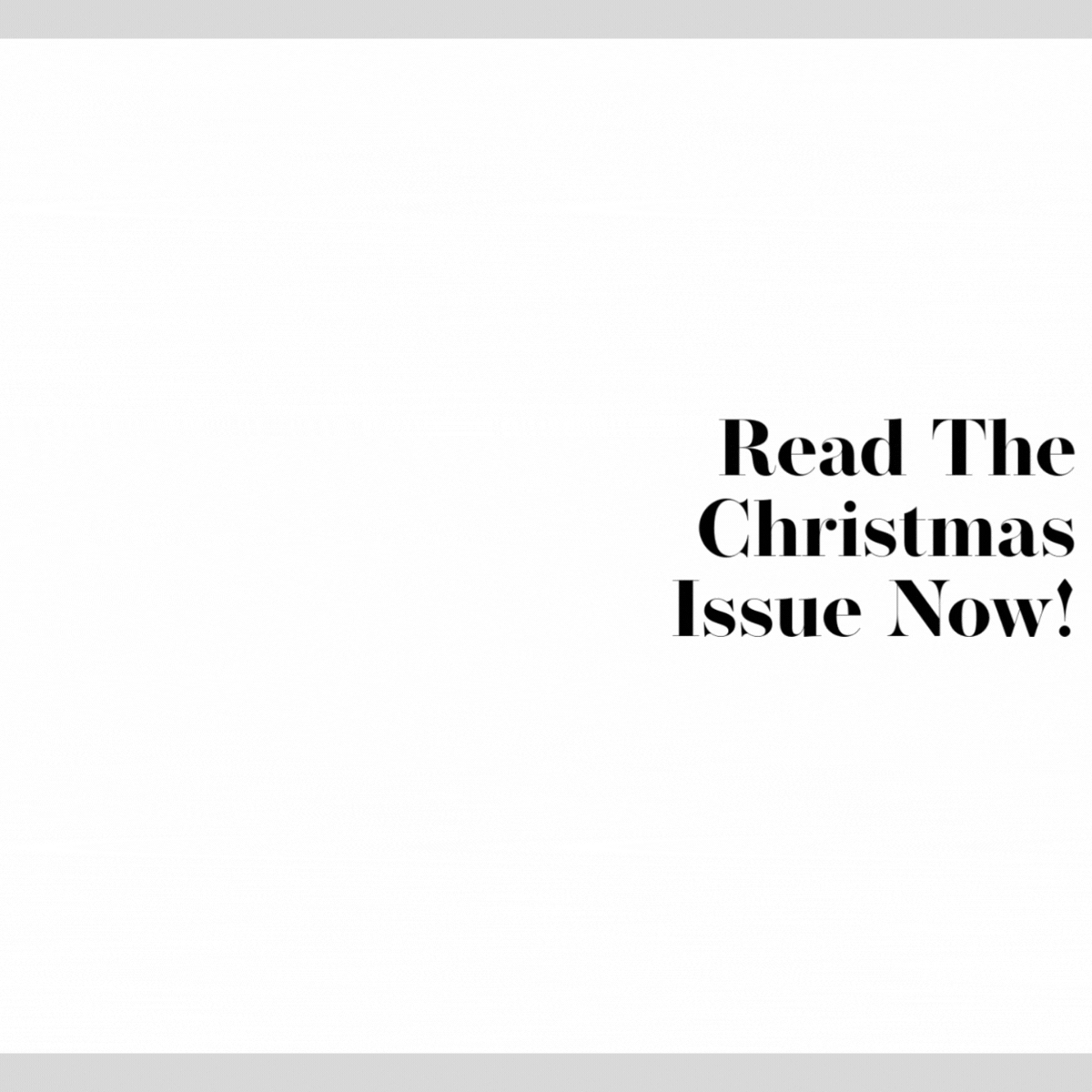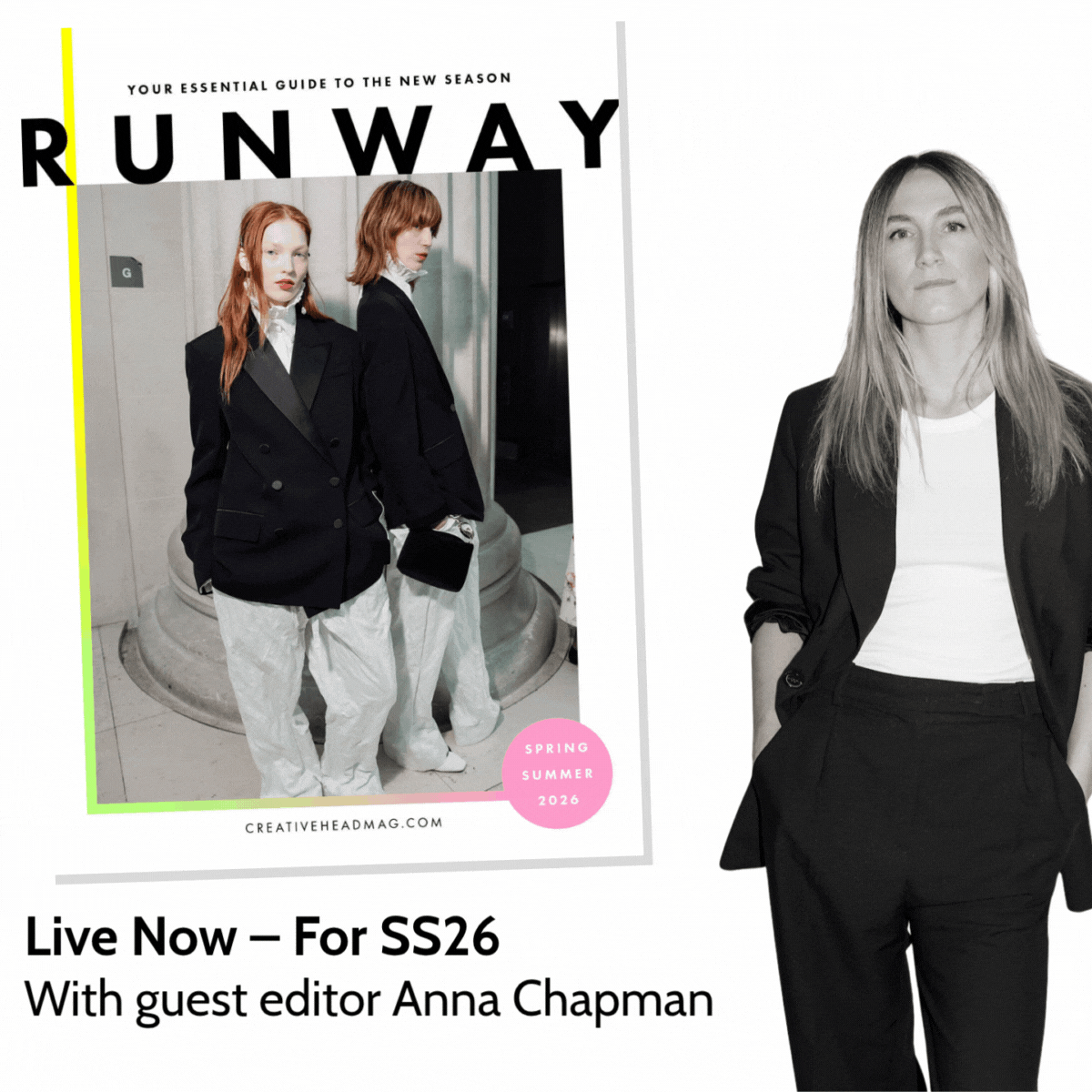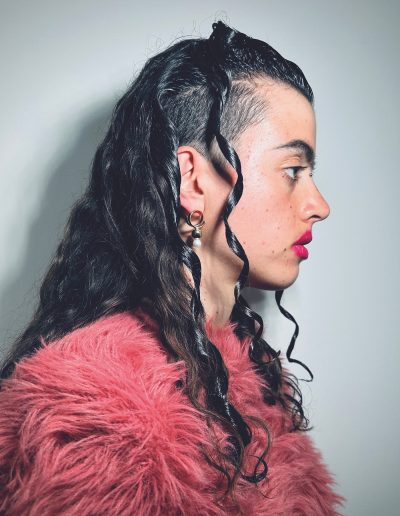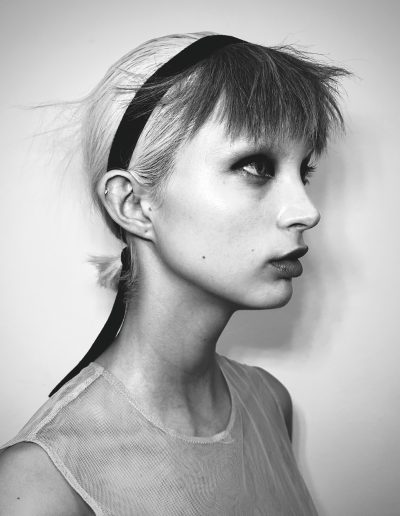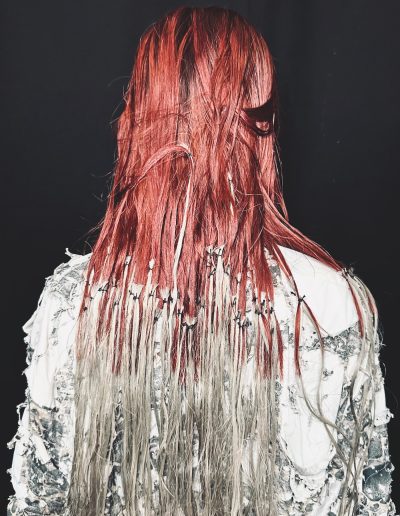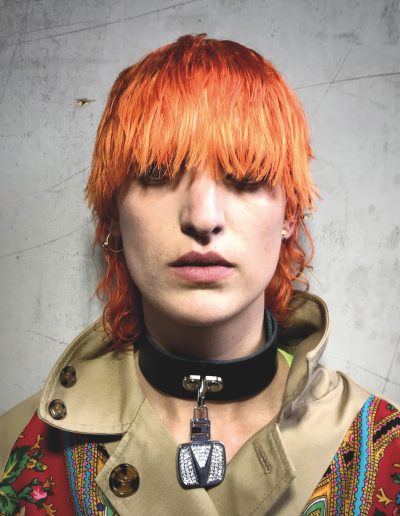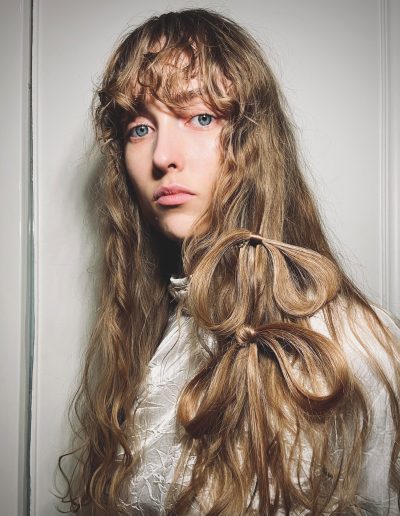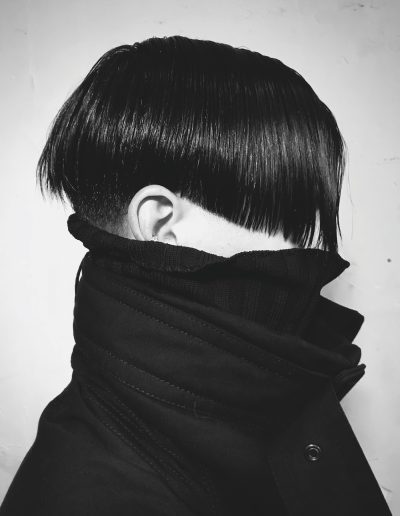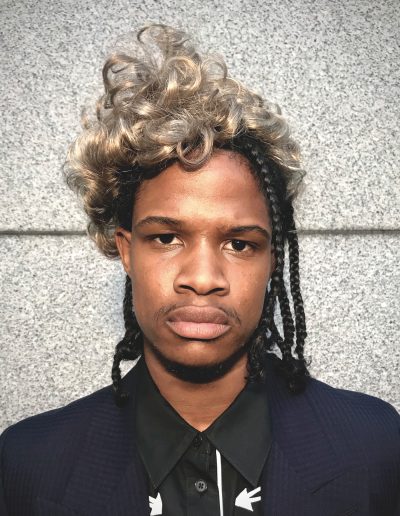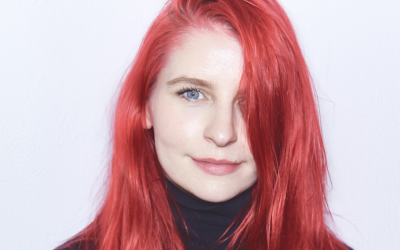GARY GILL - A MODERN TRAILBLAZER
The acclaimed session stylist may occasionally reference his troubled past in his work, but the results are always spectacularly forward-thinking. Gary Gill attributes his irreverent approach to hairstyling to the years he spent as a teenager in Brighton’s punk community. His work is artistic, sculptural and anti-establishment, stamped with the codes of counter-culture he was obsessed with while growing up. His aesthetic has been called anti-glamour (he particularly loves that description).
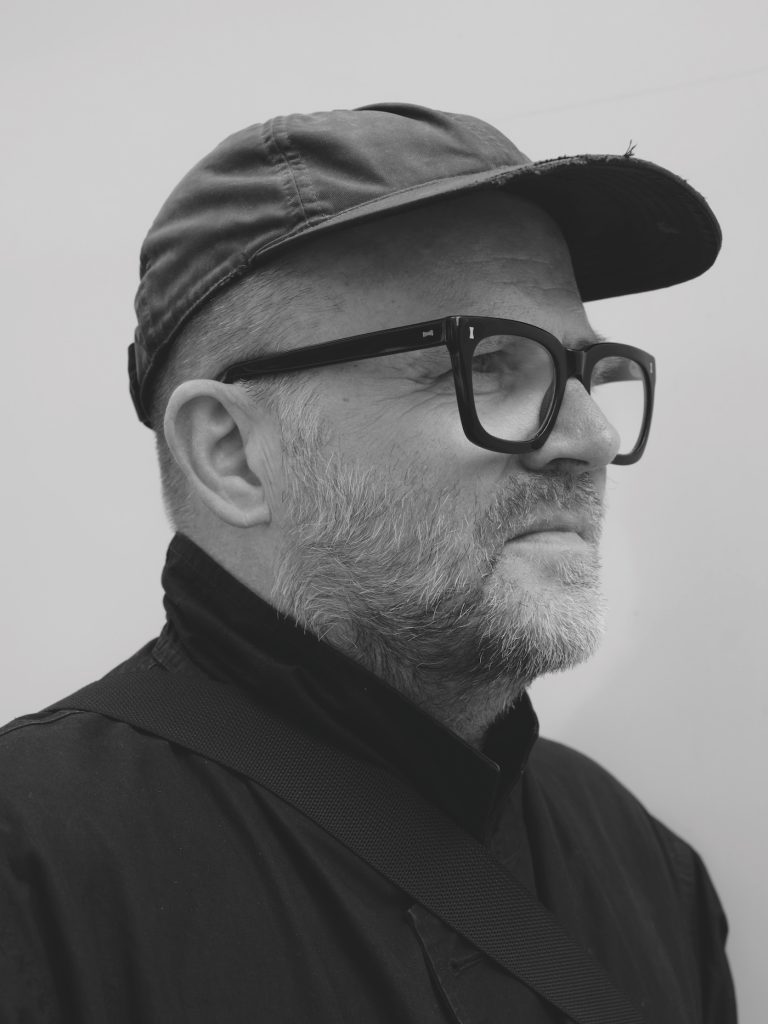 Gary Gill Gary Gill |
Relatively late in life, the former salon owner and Wella educator has reached an elite level in the world of session styling that only a select few ever achieve. He is called upon to generate looks for Balenciaga, Y Project, Dries Van Noten, Acne Studios, Martine Rose, Diesel and plenty of other labels seeking to balance their collections with his signature clean, artful styling. In 2019 he was voted into the BoF 500, a global index of hand- selected professionals shaping the fashion industry. But what’s equally impressive – and possibly also a large part of the reason for his success – is his meticulous approach to work, his calm demeanour and his kindness to others. “How to work with people and how to be within large groups of people I learned the most from my mum, who was a hairdresser herself,” he says. “She was a really good teacher but only later in life I realised what a great mentor she was. From being a young, arrogant hairdresser who thought he knew it all, I became a mature person within the industry. She always used to say that 90 per cent of success is having a good attitude. It was the most valuable lesson for me in how to get on in the industry. At hairdressing events people would always say, “Hi Gary, how is your mum?” It’s made me realise how good she was with people and how important that is.” |
|
Gary Gill |
Relatively late in life, the former salon owner and Wella educator has reached an elite level in the world of session styling that only a select few ever achieve. He is called upon to generate looks for Balenciaga, Y Project, Dries Van Noten, Acne Studios, Martine Rose, Diesel and plenty of other labels seeking to balance their collections with his signature clean, artful styling. In 2019 he was voted into the BoF 500, a global index of hand- selected professionals shaping the fashion industry.
But what’s equally impressive – and possibly also a large part of the reason for his success – is his meticulous approach to work, his calm demeanour and his kindness to others. “How to work with people and how to be within large groups of people I learned the most from my mum, who was a hairdresser herself,” he says. “She was a really good teacher but only later in life
I realised what a great mentor she was. From being a young, arrogant hairdresser who thought he knew it all, I became a mature person within the industry. She always used to say that 90 per cent of success is having a good attitude. It was the most valuable lesson for me in how to get on in the industry. At hairdressing events people would always say, “Hi Gary, how is your mum?” It’s made me realise how good she was with people and how important that is.”
Gary, we don’t get to see you very often nowadays but we hear a lot about you – especially from the new generation of stylists. It seems like everybody who’s ever won an It List award wants to work with you!
I’ve always been very interested in our industry. I feel a lot of session stylistsforget where they came from, but for me it’s so important. I always say to my team, ‘You are the future, and I’m currently living my future!’ I’ve had two or three careers already, so I’m very positive about supporting them, and very pro them understanding where they came from, and how important it is to remember that they came from salon backgrounds, where they were doing 10 clients a day and had all that incredible training. I’m always really keen to connect with the industry, it’s just that my time has become so limited because of my session career. So, to do interviews has always been a good way for me to say how I feel, and tell my story a little bit, you know? It’s not an ‘all about me’ thing. I’m very passionate about younger hairdressers doing well and feeling that they’re worthy of being who they are as a hairdresser. It’s about inspiring them, to say ‘you can go on and do many things’, whether as an educator, a platform artist, a session stylist or a salon owner. And so much of what I do now is stuff that I learnt when I was a salon owner.
How did you find your way into hairdressing?
I grew up in Brighton and I’ve never made any secret of the fact that I was very wild as a youngster. I was rebellious, always wanting to do my own thing. On the plus side, being involved with different gangs gave me an insight into youth culture and its tribalism, which, in turn, led me to music, fashion and style. Back then, in the ’70s and ’80s, hair was intrinsic to youth culture, and it was a way for me to be able to express myself. Changing the way I looked, changing my hair or connecting to punk, ska, goth or the rave scene was a way for me to be rebellious, to say something and to have a point of view, without having to put it into words.
Moving from Brighton to London, I didn’t really have any direction and I felt a bit lost. I actually started hairdressing to make my parents feel a bit more proud of me. I trained in a little salon only a few miles from where I live now, in southwest London. The day I walked into that salon, I felt like I had found my home. There was something about it that made me think, ‘I love this’. And I got a very good training with an excellent teacher, who really put herself out for me. We’d do extra training nights and enter competitions, which was a really great discipline, and I was so enthusiastic about it and so into doing hair that within three years I decided to get my own salon – I’d only just finished my apprenticeship!
My mum came to work with me and I learnt a lot from her – not necessarily about hair, but more about how to run a day-to-day salon business because she’d had her own salon for about 10 years. My dad was a very good businessman, too; both my parents really were guiding lights for me, I was so lucky.
So, that was in 1985, I was 21 years old. And of course, I thought I knew everything, then quickly realised I knew nothing and made a million mistakes. But my mum was a great mentor and I had a great business partner, Kay Bolton, and it ended up being very successful. We expanded into the shop next door, we employed 25 people… And then it just got to the point where my mum wanted to retire, my business partner had a baby – and it seemed the right time to call it a day.
But it’s quite a leap, going from salon owner to session stylist. So, how – and why – did you make that happen?
I was 39, coming up to 40 and I remember thinking, ‘If I’m not careful, I’m just going to end up in this little office, in my salon, all on my own. Maybe I’ve got something else in me’. So, we collectively decided to sell the salon to a bigger company, which had a chain of salons and an academy, and I ended up staying on with them for 10 years as a consultant. But it was only one day a week, and that allowed me to discover myself as a session hairdresser.
When you first started out, how confident were you with your session hairdressing skills?
I would read magazines like i-D, The Face and Dazed and I would think, ‘I can do that’. But then when I started doing it, I realised it’s actually really hard. It was quite a shock to me when I started working in fashion to discover I just didn’t have the skills that were needed. So, I had to get some experience through working with other artists on shows and shoots. It was maybe easier for me because I was a bit older and more confident, and people seemed to respect and accept me. I worked on teams alongside Eugene Souleiman and Duffy, and stylists like Harris Elliot and Elgar Johnson, while photographers like Gerald Jenkins and Jamie Hawkesworth gave me some great opportunities. I learnt so much from these people.
Aged 40, it was really funny becoming an assistant, but it was so liberating, it was lovely. I shed all the responsibilities of being a salon owner, I could just do hair. I started doing some of my own shows in London – smaller ones at Men’s Fashion Week – and then I started doing a few in Paris and it snowballed from there, resulting in Paris Vogue labelling me ‘one of the four best hair and make-up geniuses’ in a feature on the next big names in beauty. But it was meeting the Russian stylist Lotta Volkova and designer/photographer Gosha Rubchinskiy that really catapulted me into the limelight. Vetements had started street casting, using more interesting-looking people.
And I’d been through that whole ’70s and ’80s thing in the salon, doing the haircuts and the really bright colours, and so I’d go to the tests in Paris with Lotta and Demna [Gvasalia, Vetements co-founder], and there was an authenticity to what I was doing. And I guess I was lucky – I was in the right place at the right time, with the right skill set for the right kind of job. And that really helped me. And from there, Demna went to Balenciaga, and the rest is history…
It seems that as well as getting this experience, it was important for you to be authentic, and to develop something unique to you?
When I started out in session, I remember thinking, ‘I just don’t know if I’m going to be happy in this environment’. I just didn’t feel like it was going to fit with me. So, I made a conscious decision about how my work was going to be, what kind of aesthetic I was going to promote, to create a point of difference and get away from what I suppose you would call the ‘glamorous’ side of fashion. That was really important to me. To feel confident, I have to understand what I’m doing and why I’m doing it.
My advice to anybody who wants to work in fashion is to hone your craft. If you don’t develop good skills, this will become apparent very quickly. This world is all about reputation and it’s about making sure that you can do the work. If you develop strong skills you then have the power to subvert them, and having this foundation means you can have good ideas very quickly, which is demanded of you as a session stylist.
Those technical skills from your days in the salon have obviously helped you create your niche, but there’s another side – the mentoring of your team, how you educate them, teach them new skills – that surely also links back to your time as an employer?
To a certain extent, but I think I’ve improved on it even more. We just did a show for Balenciaga, where we had more than 100 models and a five-day prep, and I had two or three teams in different places at different times. And the management of every single one of those people, whether they’re there as part of my core team, or just packing the kit, it matters to me that everyone feels valued. It’s impossible for me to do my job without my team, and it’s virtually impossible to do it without a team that is motivated and excited.
I can have all the ideas in the world, I can do all the client meetings in the world, but I can’t do all the work. It’s just not possible to turn out that many high quality models without a very strong team. And I’m not just talking about doing hair, I also have [my agency] Streeters, which is phenomenal.
It’s just a massive team effort. And I genuinely believe that if people want to work for you because of what you’re bringing in terms of values and ethos, you can do anything. I don’t want people to come to work and feel fear, I want them to feel comfortable – people do really good work when they feel comfortable. I mean, I am strict, and I do have quite a rigid regime, but on the other hand I give people space to do good work.
My previous first assistant, Tom Wright, worked for me for 10 years and he left this year. He had been so integral to what I have done and created to this point, I will miss him but we planned his departure, it was a kind of a slow process to ensure he was secure with his move. I also would be doing him a disservice if I didn’t help him on his way to pursue his own career. The way I structure my team gives me strength and depth and all the people who were working next in line have all moved up and filled in the gap and are offering me something new.
Your work is very distinctive. How do you retain that point of difference?
I got to a point where I thought, ‘Right, I know what I want my work to look like.
I know I have good ideas. I’ve developed my skills – now I need to make sure I’m working with people who share my vibe’. I think carefully about who I work with, there’s got to be a mutual understanding.
Clients look at different portfolios and think, ‘Who is the right person for this job?’ and I think it can hold you back if you do a lot of everything. If your work changes from shoot to shoot, it’s harder for a client to understand what you’re about and if you are right for the job. I see people who join agencies and they’re not being managed as well as they could be. If they are pressured to do all the jobs that are offered to them, their career can end up snowballing into nothing. It’s better to have no content than the wrong content.
So, the individual aesthetic is everything. Is this something you help your team to develop?
It’s crucial to have your own point of view. This could be a style, a quality or a message. Then, you need to work with people who will enable you to elevate what you do and who give you a platform on which you are able to be your best. To do this, you need to educate yourself about photographers, about stylists, about brands. Do your research so that you can make good decisions about who you work with, rather than being seduced by the name of a brand. Don’t fall for that.
I think a lot of people do because they think it is going to get them to a certain place, but it doesn’t always. Develop a strong strategy about where you’re going and who you are going to be. Really research your ideas and make sure they are strong, and you are not too influenced by other people’s opinions. And practice hard. Even now if there is something I am not certain I understand how to do, or know how to use, I will practice it until I feel completely confident with it.
You were contributing editor at Dazed for several years, and now you’re a ‘dream maker’ at Beauty Papers. What does that entail? I’ve always had a very strong relationship with Beauty Papers. The founders, Maxine Leonard and Valerie Wickes, have been very supportive of my career and given me a lot of space to do interesting work that other people maybe wouldn’t have let me do. It’s a role that I’m sharing with Eugene and Holli Smith, so the three of us are the hair dream makers. I guess that means we’re contributing beauty editors, taste-makers within the world of hair and make-up.
It’s great that hairdressers are being recognised in that way, isn’t it?
Yes, absolutely. I think it’s really inspirational for younger hairdressers. And it’s funny, my team come from all over the world and we were chatting the other day and I told them that when I was young, you only did hair if you were kind of considered a bit daft, or not academically good enough to do another type of job. And they all said it was exactly the same where they were from, even at their age, which is mid-20s to early 30s. Hairdressing is such a stigmatised industry and yet creatively hairdressers are on the same level as designers and so many people have made great businesses out of beauty and hair. So I hope that one day it will finally be recognised as an industry that can have some respect.
Do you think you could use your voice in the industry to help change things?
Hairdressing saved my life on several occasions, and I’m very grateful for that. In the summer, I did the Summer Club. It’s where you go and spend a day with some inner-city kids who are considering working in a fashion-based creative environment. And it was a lovely thing to work in that environment, and to try and show that no matter where you’re from, and what you’re doing, there’s opportunity in a creative field. It was the first time I’ve done something like that, and I got a lot from it. I actually ended up having four young people from the Summer Club come and work on one of my shows in London. A couple of them were doing video and photography, one of them worked with my producer and one of them wanted to do hair. I was trying to show there’s lots to do in and around our environment, rather than just the work we do.
And for the past two years a production company has been filming a documentary about me. I was a bit apprehensive at first but then I decided I would do it because I wanted to tell my story and make it inspirational for people who are coming from areas where they can’t get a job, or they can’t see any future in school, or they’re running into problems with crime or drugs. I want to show that you can still do something, that there’s still a way forward. I feel like I’ve been stigmatised a lot because of being a hairdresser and this film is a way for me to say, ‘Actually, you have to be pretty smart to be able to get through this world that I work in’. Because it’s not easy. You have got to have many skill sets, emotional intelligence, production skills, people skills, and then you’ve got to do your job on top. And yet sadly, sometimes when I’m dealing with things outside of my industry, I tend to take my signature, which says hairdresser, off my email.
So I just really feel really passionate about making people understand what a positive job it is and the employment opportunities that exist.

Rebecca Chang is Gary’s new first assistant (Creative HEAD readers may also remember her as the 2017 It List It Girl winner). So, what’s it like to hold such an important role within the team?
“When Gary asked me to become his first assistant I felt like everything I have worked for in the past 10 years had come true. It was perfect timing because I understand now how much and what it takes to be a first assistant – how to handle situations under high pressure and perform your best, even when obstacles come your way.
“Gary is a perfectionist and there is always a reason why he does something. He has taught me that ‘Prior Preparation Prevents Poor Performance’ and I swear by that, even in my personal life.
“But he is also very open-minded and encourages us to contribute creatively on shoots and how we can improve our system. I don’t feel like I am ‘working for’ Gary; I am ‘working with’ him. He is always asking our (the core team’s) opinion about everything from the hair creative to which hotel we should stay in. We are very transparent in our communication and I believe that’s what makes our team a family.
“Gary is my mentor – that’s how he stands out from other session stylists I have worked for. He has shaped me to become a stronger artist, both technically and mentally. He encourages me to do my own shoots when the opportunity arises, and is so supportive
of me building my portfolio and clientele. He is like a father figure, moulding and guiding me at work and outside work. He’s taught me how to be the best version of myself and I will forever be thankful to him.”
Related
“Where are all the female hairdressers that are household names? I’m not saying it should be me, but I think there should be somebody”
Alex Brownsell started Bleach London in her living room, colouring her friends’ hair (and their lives) amazing shades of pinks, green and blues.
Tax, Rates And Wage Increases Are Coming. Can Hairdressing Businesses Cope?
From April, hairdressing employers will pay more in national insurance, as well as a higher minimum wage
“Keep Working Like Nothing Is Wrong”
Periods are not fun for anyone – surely women need a workplace that’s supportive

